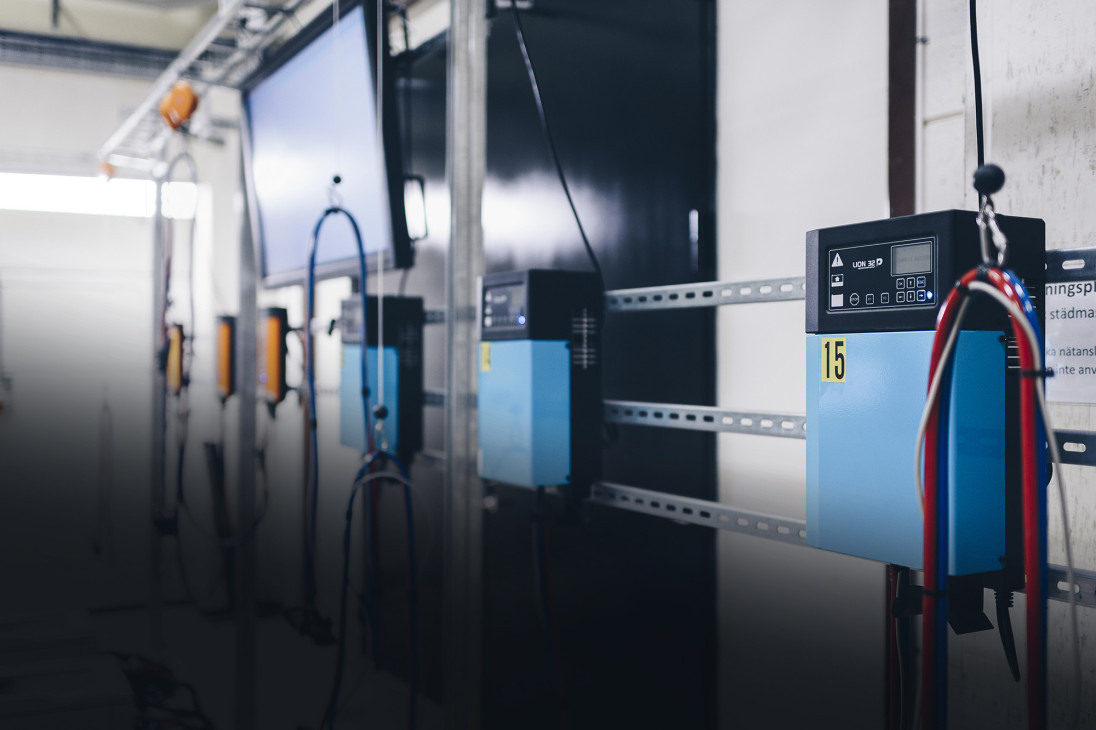
Inverter technology is highly efficient and super compact based on the used inverters. A controlled charging process is standard for such a technology which is needed to charge batteries in a good way. It is also possible to including communication ports and the required protocols to charge Li-Batteries in a proper way.
The biggest difference at inverter chargers is the product quality and the charging quality. Both influences the sustainability. With a high quality in combination with a long lifetime the CO2 footprint is reduced. The other part is the charging quality. The combination of a high efficient charger and a high efficient charging process make it possible to have a less losses which reduce the energy consumption and according to that the CO2 footprint.
Based on these facts the market share of new sold inverter chargers is nowadays >80%.
Onboard chargers are increasingly being used for the smaller vehicles, allowing decentralized charging when a power outlet is available. This allows the vehicle to be used more effectively and reduces expensive investments in charging stations. The compactness of the chargers with high performance in terms of efficiency, protection class and quality play an important role here. It is no longer sufficient to be able to charge lead-acid batteries, but also lithium batteries with the necessary hardware interfaces and software protocols.
On the other hand, heavy-duty applications are now gradually being electrified. The scope of these applications is not limited to industrial trucks. There are also, for example, construction machines that are already electrically powered. This has become possible thanks in particular to the new storage technologies. However, this also requires charging technology with the corresponding power. The limits of the electrical infrastructure are quickly reached, as charging power of around 40kW is not uncommon. This makes modular chargers with very high efficiency even more important in order to get the maximum out of the grid. The current charging cables and connectors are also reaching their limits, as 500A and more can flow constantly. For this reason, voltages are gradually being increased from 80V to 96 or 120V, and at the same time losses are being reduced due to the lower currents. There are also already high voltage applications, for example in the field of construction machinery or agricultural machinery where the natural choice is for higher voltages 500-1000V.
In long-standing applications such as the forklift market, the switch to high voltage will be slower because the associated costs are significantly higher.
Using a straightforward charging technique, it is possible to charge some Li-Ion batteries. The most popular batteries for the technique are LiFePo4 batteries (lithium iron phosphate). The battery and charger don't need to communicate in this situation. Small batteries frequently use something like this. In this instance, the safety issue is the key issue.
